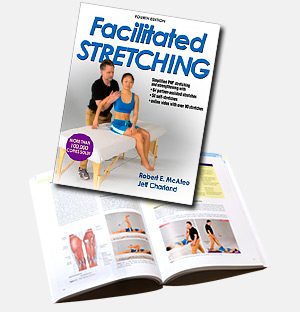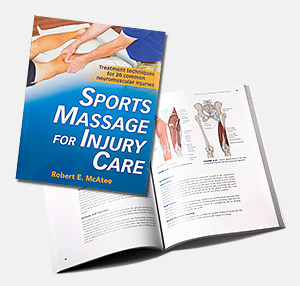What is sports massage, and how is it different from other forms of massage? Sports massage is subspecialty of massage therapy that focuses on techniques designed to enhance athletic performance. Sports massage is usually divided into 4 categories: Post-Event, Pre-Event, Training/Maintenance, and Injury Care. Each category has specific goals and techniques, some of which overlap.
Post-event massage is designed to speed recovery following competition or strenuous exercise.Post-event massage helps prevent delayed onset muscle soreness and helps shorten recovery time following exercise.
Pre-event massage is administered as part of, not as a substitute for, an athlete’s regular warm-up routine prior to competition. It usually lasts 10-20 minutes, is generally administered without oil, and can be done through clothing or on the bare skin. The massage consists of non-specific, moderate pressure strokes designed to warm and stretch the tissues. Typically, because of the limited duration of the massage, only those muscles to be stressed during the competition are addressed. Therefore, the work is generally administered to the lower body (for running, cycling, etc) or to the upper body (for swimming, throwing sports, etc.). However, the athlete may request work to be done anywhere to help prepare for the event (for headache relief, for example).
Training massage, also called maintenance massage, is the sports massage protocol to be used on a regular basis to help maintain the health and function of muscles, tendons, and ligaments. We know that healthy tissue doesn’t hurt. During the course of a training massage, we will be specifically checking areas at risk for injury. If we find tenderness in a muscle, tendon, or ligament, this often signals that an injury process is occurring and steps should be taken to deal with it now, before overt symptoms appear. Training massage, administered regularly, enables an athlete to train more effectively by preventing potentially serious overuse problems and by maximizing recovery on rest days. Because the athlete recovers more fully, she can train more consistently and at a higher level, resulting in enhanced performance on race day.
Injury care massage is designed to assess and treat common soft tissue injuries like tendinitis and muscle strain. It can also be used to reduce or resolve pain and limitation that results from improper scar tissue formation following injury. Typical injury care massage includes specific techniques, like deep transverse friction, combined with stretching and therapeutic movement.

